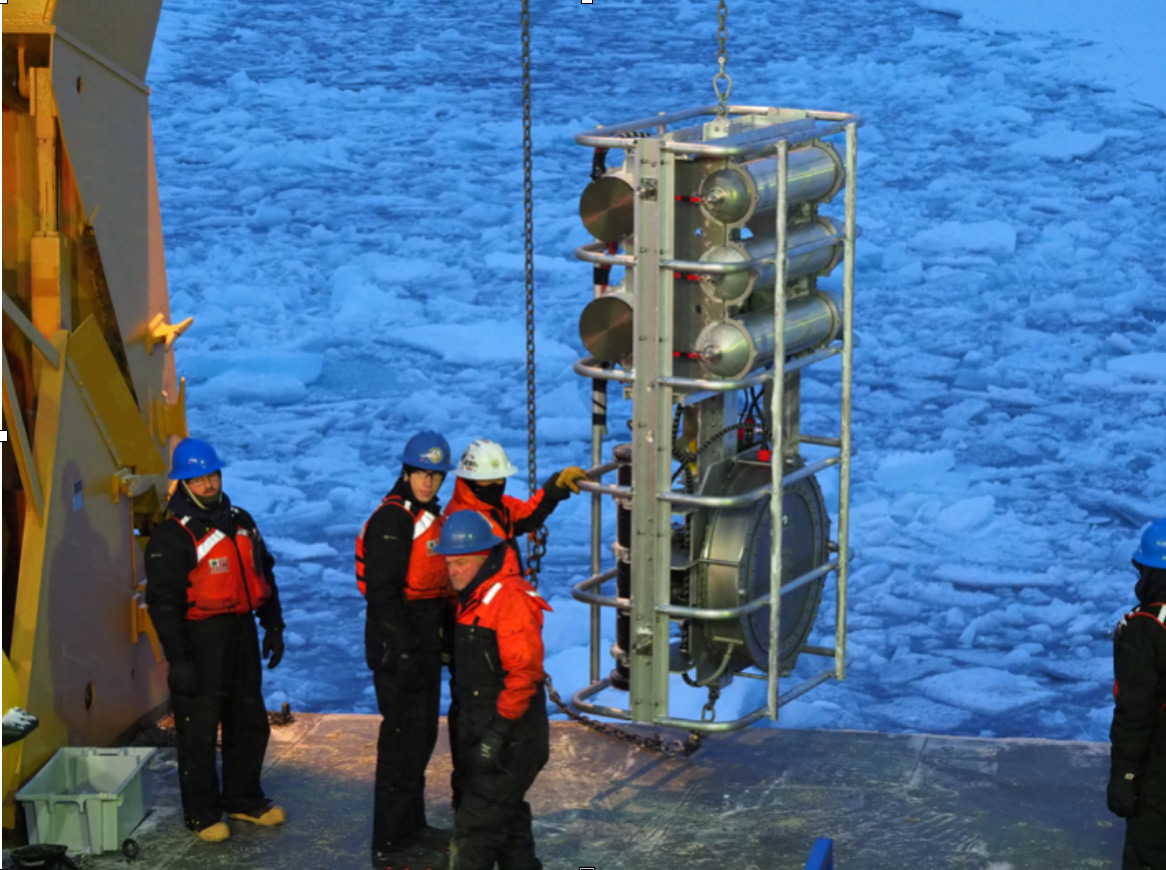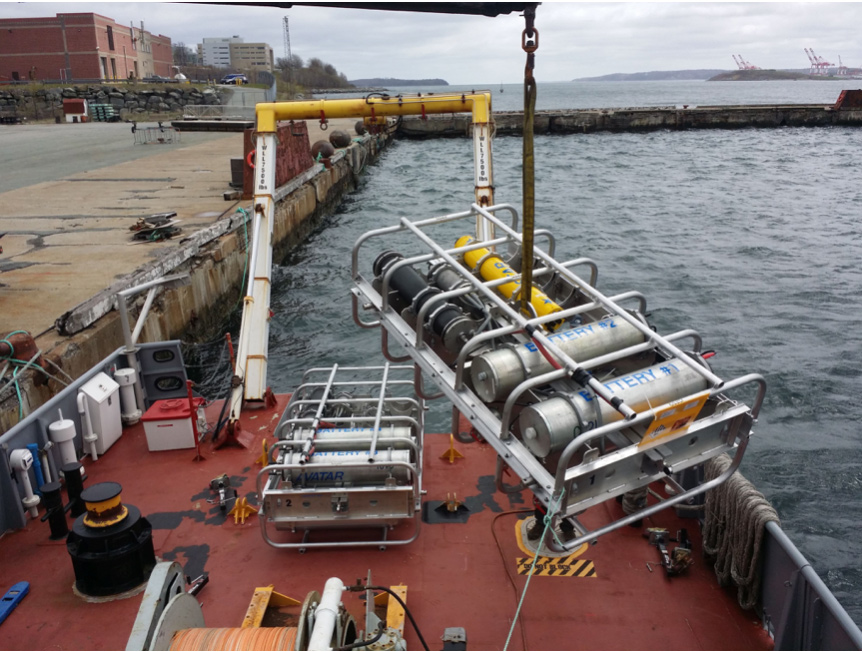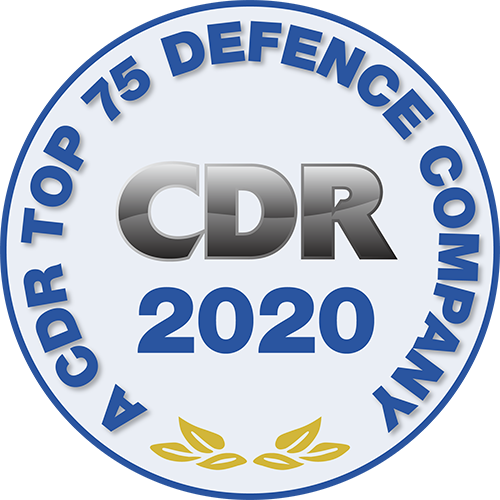GeoSpectrum Technologies (GeoSpectrum) clients completed a successful deployment of their M72-30 CBASS VLF sound sources in the Arctic Ocean for the full year mission as the active component for low-frequency thermometry experiments.
The Coordinated Arctic Acoustic Thermometry Experiment (CAATEX) spearheaded by Scripps Institute in California and the Nansen Center of Bergen, Norway, marked the first time in 20 years that scientists gathered data of this nature from the Arctic Basin.
The CAATEX program is an international experiment comprising partners from the Norwegian Polar Institute, Scripps Institution of Oceanography, Woods Hole Oceanographic Institution, University of Texas-Austin, University of Bergen, NORCE, NTNU, Norwegian Meteorological Institute, Institute of Oceanology – Polish Academy of Sciences, and National Institute of Ocean Technology, India.
The two CBASS sound sources have been deployed on subsea moorings containing computer signal generators, amplifiers, and batteries since last year. The systems were programmed to transmit signals every third day for one year. The reception ranges from the CBASS sources extended across the entire Arctic Basin, including in excess of 2500 km.

Source sled containing M72-30 CBASS being deployed in the Arctic Basin.

Nansen Environmental and Remote Sensing Center (NERSC) and Scripps Institution of Oceanography (SIO) moorings being onboarded for calibration in the Bedford Basin, Halifax, NS. Both moorings shown contain an M72-30 CBASS sound source.
The CBASS electrodynamic transducer is a flexible family with a variety of available sizes ranging from 225mm to 1200mm. With resonant frequencies as low as 15 Hz, and operating bands reaching above 1 kHz, GeoSpectrum continues to hone the CBASS family of sound source’s capabilities.
GeoSpectrum’s CBASS sound sources are a significant innovation for the challenge’s domain of VLF sound source technology. CBASS sources are smaller, lighter, more capable less expensive, and offer greater reliability than legacy sources. The advent of CBASS has allowed organizations of the CAATEX program to conduct low-frequency acoustic tomography experiments more efficiently and less expensively than previously possible.
”“We are pleased to see the success our clients have had with the CBASS, and the year-long deployment in the harsh Arctic is testimony to the robustness of this technology. We look forward to continued support of Scripps and the Nansen Institute and their partners, and any future projects they may decide to undertake with these sources.”
Paul YeatmanPresident of GeoSpectrum

The M72-30, 110, and 300 CBASS sound sources.


